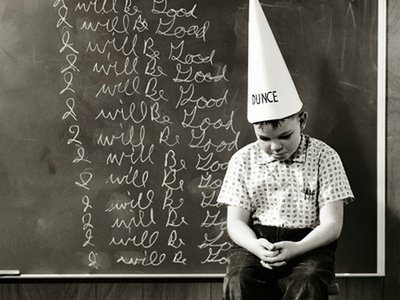Did Big Chocolate fix this year’s Nobel Prize in Chemistry?
Recently it was reported in the Washington Post and elsewhere that Two Americans won this year’s Nobel Prize for chemistry. In the same edition of the Post, a craftily placed sidebar story from the AP reported a “possible” correlative link between the number of Nobel Prizewinners a country produces and its per capita chocolate consumption.
 The “original study” from which the AP sourced its reckless and irresponsible story appeared in the formerly-credible New England Journal of Medicine, which—tellingly—published the findings by Franz H. Messerli, M.D as a “note” rather than a rigorous, peer reviewed study. (Are you following this propaganda chain, people, as no-science “science” migrates to our media outlets masquerading as legitimate news?)
The “original study” from which the AP sourced its reckless and irresponsible story appeared in the formerly-credible New England Journal of Medicine, which—tellingly—published the findings by Franz H. Messerli, M.D as a “note” rather than a rigorous, peer reviewed study. (Are you following this propaganda chain, people, as no-science “science” migrates to our media outlets masquerading as legitimate news?)
Hello! Has anyone explained to the editors at the NEJM, AP and the Washington Post that correlation does not imply causation—as any undergraduate researcher can find explained on Wikipedia?
 Sadly, the foolish media has been duped yet again by Big Chocolate’s wily tactics.
Sadly, the foolish media has been duped yet again by Big Chocolate’s wily tactics.
Why do you suppose the once-venerable New England Journal of Medicine would publish such content when it didn’t satisfy the criteria of a rigorous academic study? Hmmm, could it be because of the Prock Chocolate Foundation’s ongoing contributions to academic institutions and medical journals? One wonders if scientists don’t feel pressured by the economic might and political clout of Big Chocolate to reach “inescapable conclusions” about the product for fear of retaliation by corporate masters. The media may not have wondered, but at COCOH, we did, and have subsequently launched a full investigation, including FOIA requests, to determine funding sources on every piece of positive-outcome chocolate research conducted since 1990 by publicly-funded universities.
Curiously, chocolate consumption’s dubious connection to Nobel Prize acquisition in the 23 countries covered by the study does not include hard data on Big Chocolate’s in-country marketing strategies, public health sector-initiated consumption control strategies, candy-vending machine incidence rates on college and university on campuses, acne incidence, or chocolate’s addictive properties.
Consequently, where Dr. Messerli’s research left off … ours begins. We are culling data on “the dark side” of chocolate, which we will crunch alongside the puffery reported in the newspapers. And when our report is complete, we will demand equal time for the TRUE STORY in all the media outlets that published this free, shameful advertisement for an industry that causes grief and heartache for moms, families and children.
The battle for truth and justice is always an uphill journey, people.



